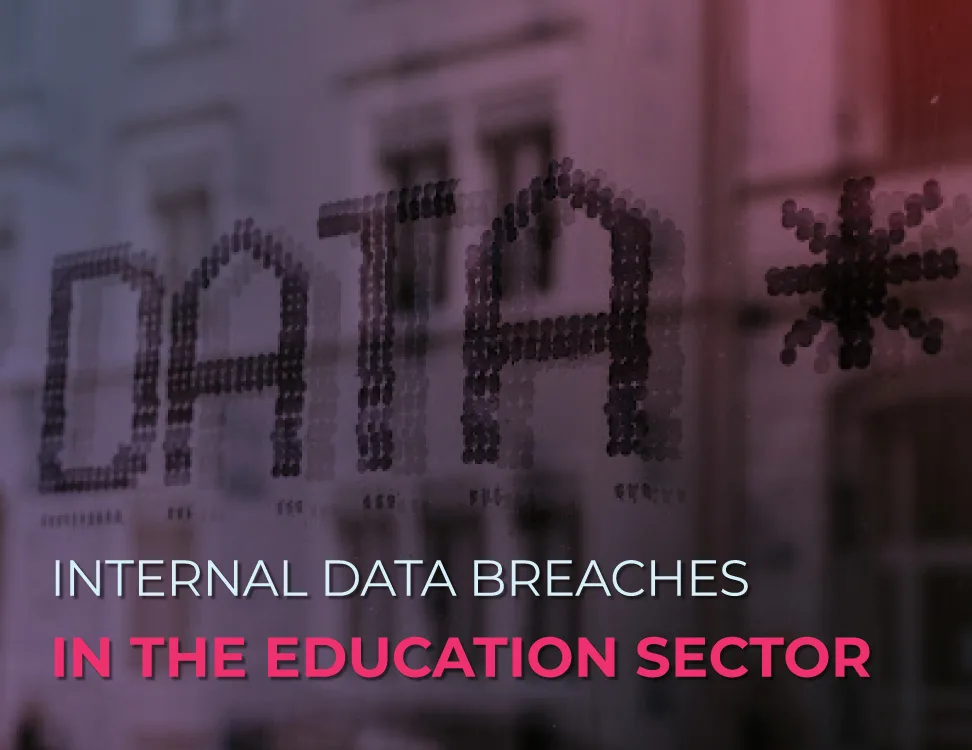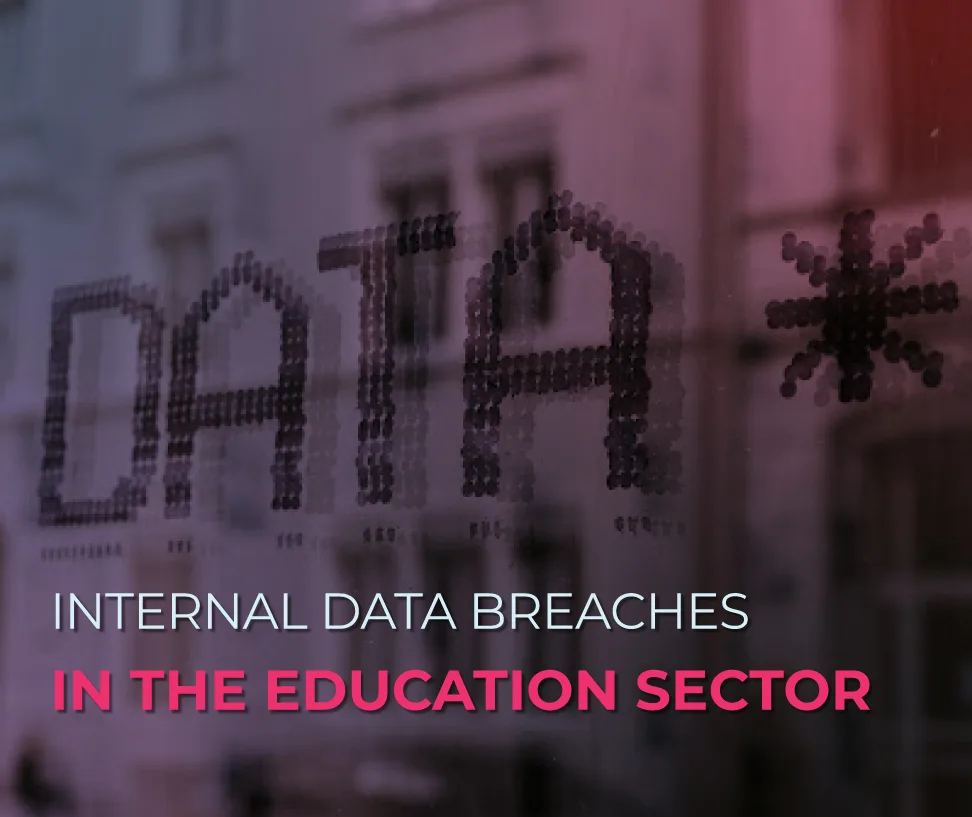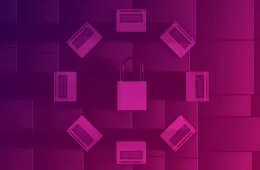
Internal Data Breaches in the education sector
The Covid-19 pandemic affected the education sector the most. The shift to digital platforms allowed the education system to become more accessible and flexible for students. It has also permitted core curriculum, tests, and exams to be stored, managed and shared through cloud-based software, video conference tools and e-learning platforms. Therefore, education institutions became more vulnerable to cyber attacks and internal data breaches.
What are the risks of insider threats to the education sector?
Schools and universities, in general, hold valuable information and intellectual property. Yet, they can’t defend themselves from internal cyber threats as companies do, whether due to cost or lack of knowledge in cyber security and its threats.
Cyber threats are multiple in the education sector. In August 2018 an employee at Strathmore secondary school accidentally published more than 300 students’ records on the school’s intranet. These records included students’ medical and mental health conditions and personal issues.
This is one case of multiple. Accidental data breaches happen way too often and its consequences are alarming.
In November 2021, a university professor from the Ahsanullah University of Science and Technology, was allegedly involved in a paper leak of five state-owned banks’ recruitment exams. The professor was participating in the preparation and the printing of question papers. He took two copies of question papers secretly when they were getting printed and leaked them to the public.
While there is a continued increase in the number of internal data breaches affecting the education sector, its effects on victim institutions can be dreadful. There are usually financial compensations that can be a significant blow to institutions already facing major budget challenges. The unauthorized access to confidential information can contain financial details, addresses, social security numbers which can create significant risks to the victims if the wrong people access it. It can result in identity theft if social security numbers get leaked and scandals which can impact the brand and reputation of a school or college.
How can DataPatrol help create a safe space for e-learning?
At DataPatrol, we aim to provide solutions that can improve any public and private educational institution’s internal data security measures. Here is a quick look at our products.
The Screen Watermark Solution, for example, allows organizations to better prevent internal data leaks by adding a Watermark to all end users’ desktop workstations and servers that includes complete information about the logged-in user. It also allows organizations to set up sophisticated policy control, assign policies to different individuals and groups, and customize the design of the watermark.
The second solution is our Printing Watermark feature, which adds a dynamic watermark with user data to all printed documents. It applies to any printed paper. Organizations can use the Printing Watermark feature to protect content and claim documents ownership. Watermarks protect valuable printed copies from content theft and unauthorized use.
This solution controls and prevents screen capturing via capture keys, buttons, and third-party apps, one of the most common methods of data theft. The user is not prohibited from taking screenshots; however, the screenshot is only a black rectangle.
Data Breaches will continue to grow and plague the education sector more frequently, if effective prevention methods and actions are not taken. There is no easy solution to protect the education sector from cybersecurity threats. However, implementing a detailed defense protocol and adopting a digital security framework can reduce data theft risks and protect the personal information of students and the faculty population.









